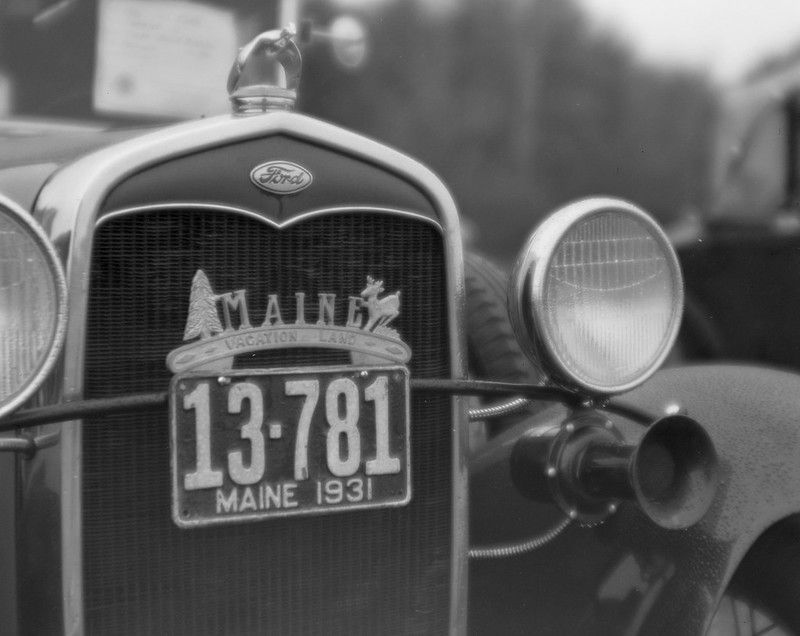
Key Takeaways
Meniscus lenses add a vintage or artistic flair to film photography with their unique soft focus and aberrations.
Quality meniscus lenses are characterized by their curvature, glass type, and the presence of an achromatic design.
When choosing a meniscus lens, consider factors like material, craftsmanship, and compatibility with your camera body.
Adapting vintage meniscus lenses to modern film cameras often requires specific mounts or adapters.
Maintaining your meniscus lens involves proper cleaning, careful handling, and secure storage.
The Role of Meniscus Lenses in Capturing Vintage Aesthetics
There’s something magical about the way a meniscus lens draws in light and shapes it into an image. Unlike the razor-sharp renditions of modern lenses, a meniscus lens imparts a gentle softness to photos. This soft focus effect can enhance portraits by smoothing skin tones or give landscapes a mystical, ethereal quality that digital sharpness often fails to capture.
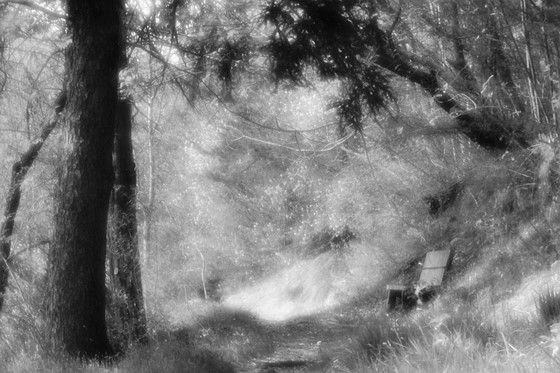
Distinctions Between Meniscus and Modern Camera Lenses
While modern lenses are engineered for precision and clarity, meniscus lenses embrace imperfections. The simple construction of a meniscus lens—usually a single curved piece of glass—means it doesn’t correct for optical aberrations as multi-element lenses do. This results in images that can have a soft glow, particularly around highlights, and a subtle blending of colors that many find artistically appealing.
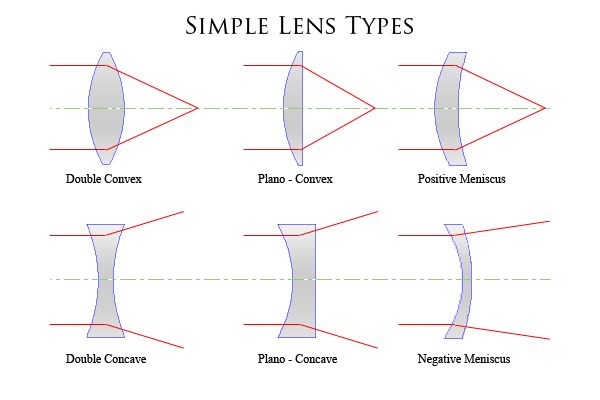
Identifying Quality Meniscus Lenses
Not all meniscus lenses are created equal. The best ones offer a delightful balance between softness and usability. But how do you identify a lens that will give you the results you’re after? Learn more by exploring this detailed Meniscus Lenses Selection Guide.
Key Characteristics of a Superior Meniscus Lens
Look for lenses that are described as achromatic doublets. These have two elements bonded together to reduce chromatic aberration, giving you that soft focus without the rainbow fringing. The curvature of the lens also plays a pivotal role; a steeper curve generally means a softer focus, which can be wonderful for portraits.
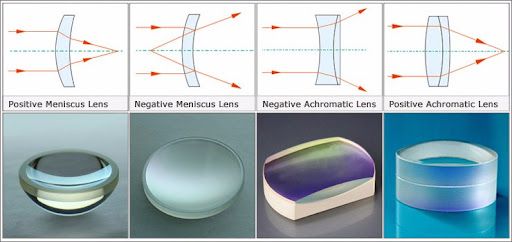
Material and Craftsmanship: What to Look For
The glass type is crucial. Classic options like BK7 or crown glass have stood the test of time, delivering the signature look of vintage photography. Flint glass, on the other hand, can introduce more dispersion, which might be something you desire for a more dramatic effect.
Craftsmanship is equally important. A well-made lens with a smooth focusing mechanism and a clean, clear glass will always outperform a poorly made equivalent. When examining a meniscus lens, hold it up to the light and look for any scratches, mold, or internal dust that could degrade image quality.
Once you’ve found a meniscus lens that speaks to you, the next step is to pair it with your film camera. This is where things get a little technical, but don’t worry, I’ll guide you through the process.
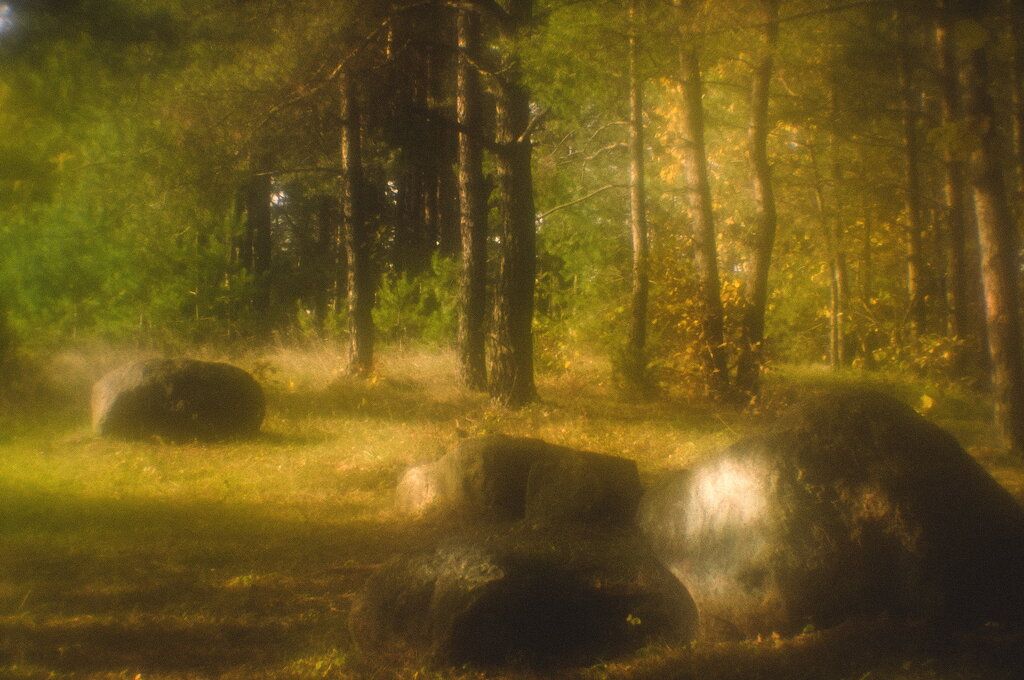
Pairing Meniscus Lenses with Your Film Camera
Matching Lens Mounts to Camera Bodies
To pair a meniscus lens with your film camera, start by identifying the mount type of your camera. Common mounts include the M42 screw mount, the Leica M rangefinder mount, and various SLR mounts like Canon FD or Nikon F. Once you know your camera’s mount type, look for a meniscus lens with a matching mount or an adapter that can bridge the gap.
Here’s a simple step-by-step guide:
Identify your camera’s lens mount type by checking the manual or looking it up online.
Search for meniscus lenses that are compatible with your mount type. If you’re unsure, ask in photography forums or check with a knowledgeable vendor.
If your meniscus lens has a different mount, purchase a reliable adapter. Make sure it’s specifically designed to connect your lens mount type to your camera body’s mount.
Attach the lens or the adapter to your camera body, ensuring a snug and secure fit.
Test the setup before heading out to shoot. You want to make sure that the lens focuses correctly and that the aperture control (if available) works as expected.

Sell Your Photos Online On Pixpa!
50% off https://www.pixpa.com?via=andreja72
Code: PXREF50
FAQ
What Makes a Meniscus Lens Different From Modern Lenses?
Meniscus lenses are different from modern lenses primarily due to their simple construction and the unique image qualities they produce. They typically have a single optical element and lack the coatings and complex designs that reduce aberrations in modern lenses. This results in a softer focus and a more pronounced bokeh, which can add a dreamy, vintage character to your photos.
For instance, modern lenses might feature multiple lens elements with anti-reflective coatings to produce crisp, high-contrast images. In contrast, a meniscus lens might imbue your images with a soft glow and a painterly feel that’s difficult to replicate with modern glass.
Can Meniscus Lenses Be Used on Digital Cameras?
Yes, meniscus lenses can be used on digital cameras with the right adapter. Many photographers enjoy the contrast between the old-world charm of a meniscus lens and the convenience of digital photography. The key is finding an adapter that matches the lens mount to your digital camera’s body. However, keep in mind that the sensor size may affect the field of view and the extent of the lens’s soft-focus effect.
How Do I Adapt a Vintage Meniscus Lens to My Film Camera?
Determine the mount type of the meniscus lens and the film camera.
Search for a compatible adapter if the mounts do not match.
Securely attach the adapter to the lens, then mount the lens onto the camera body.
Test the lens to ensure it focuses properly and the aperture, if adjustable, functions correctly.
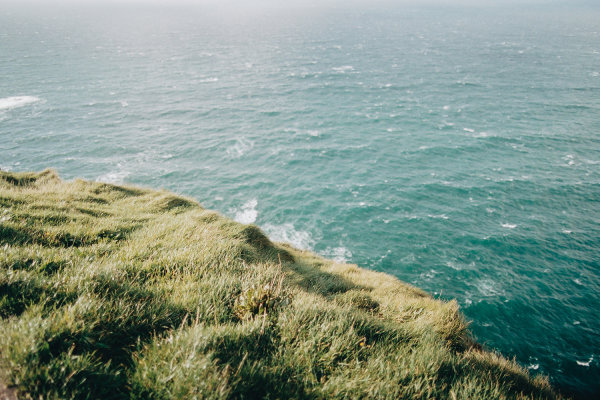



Leave a Reply